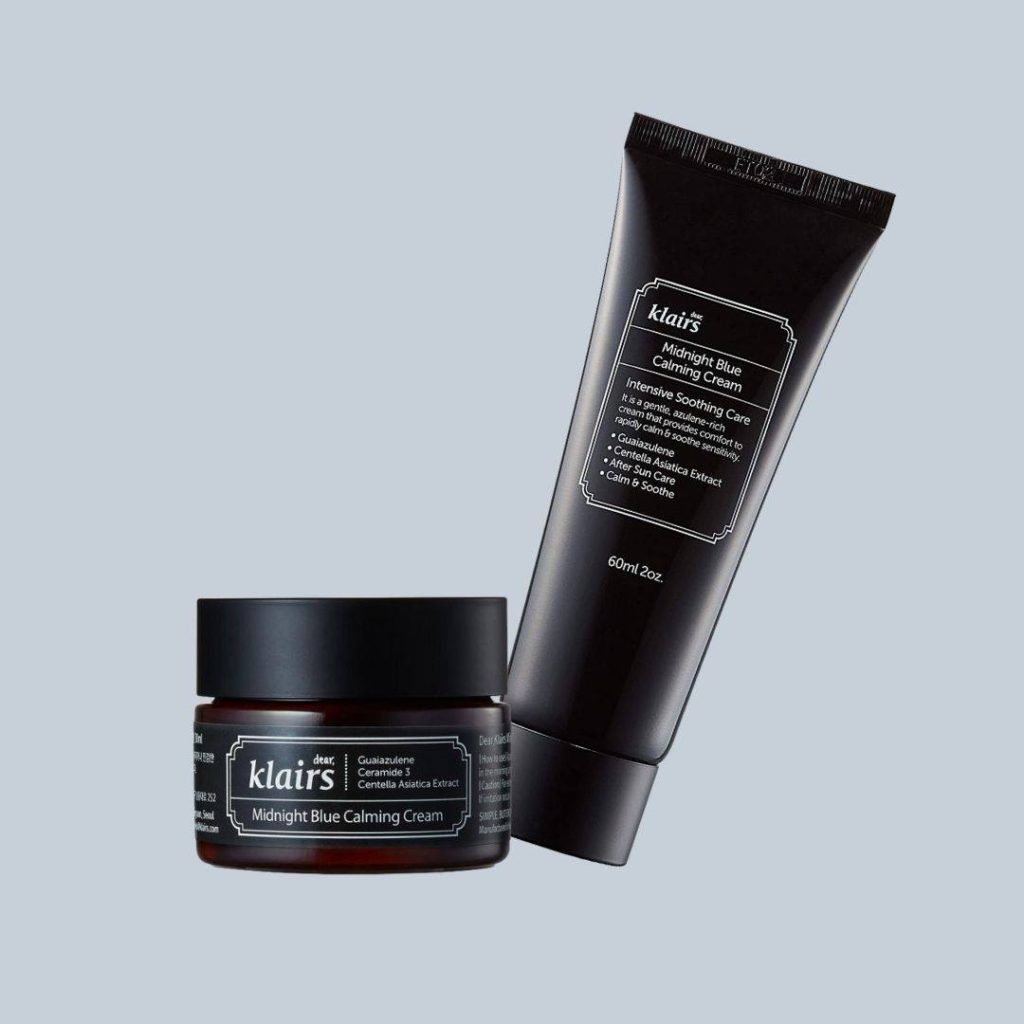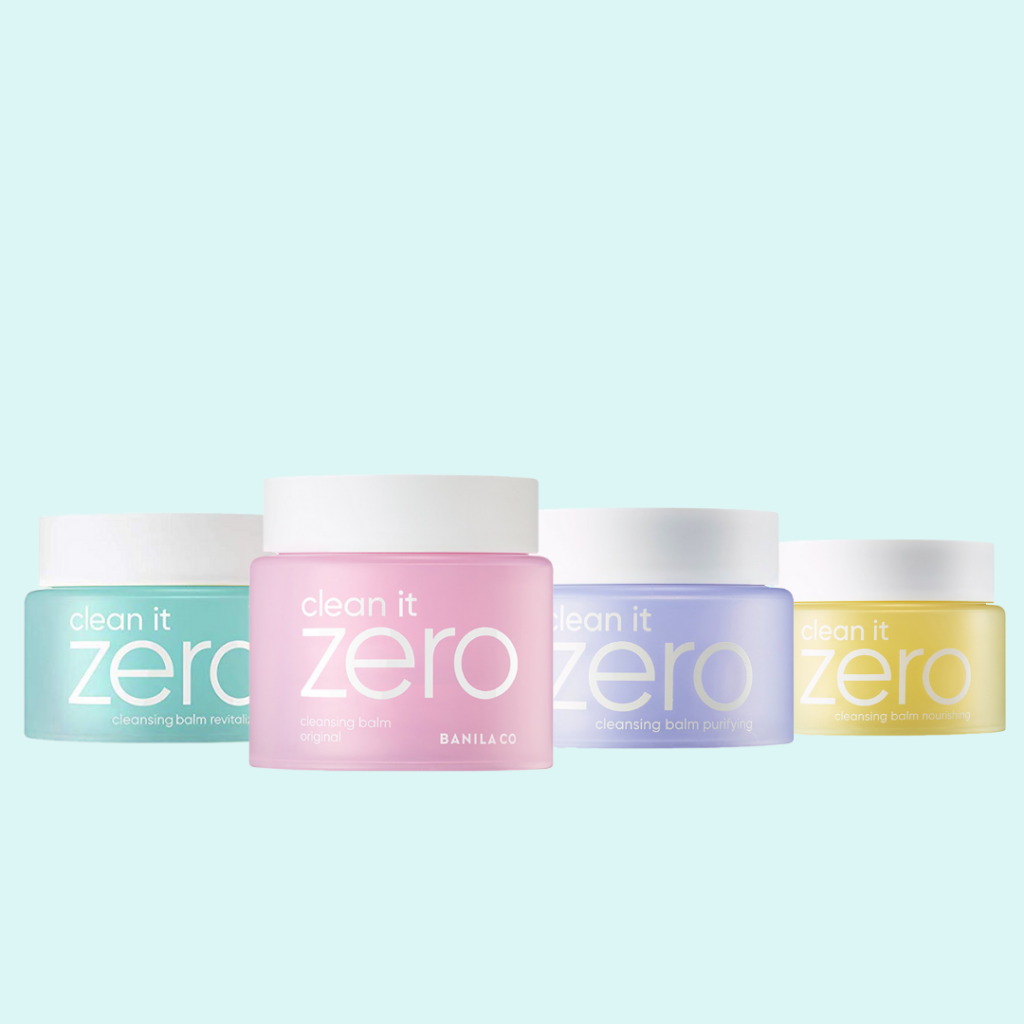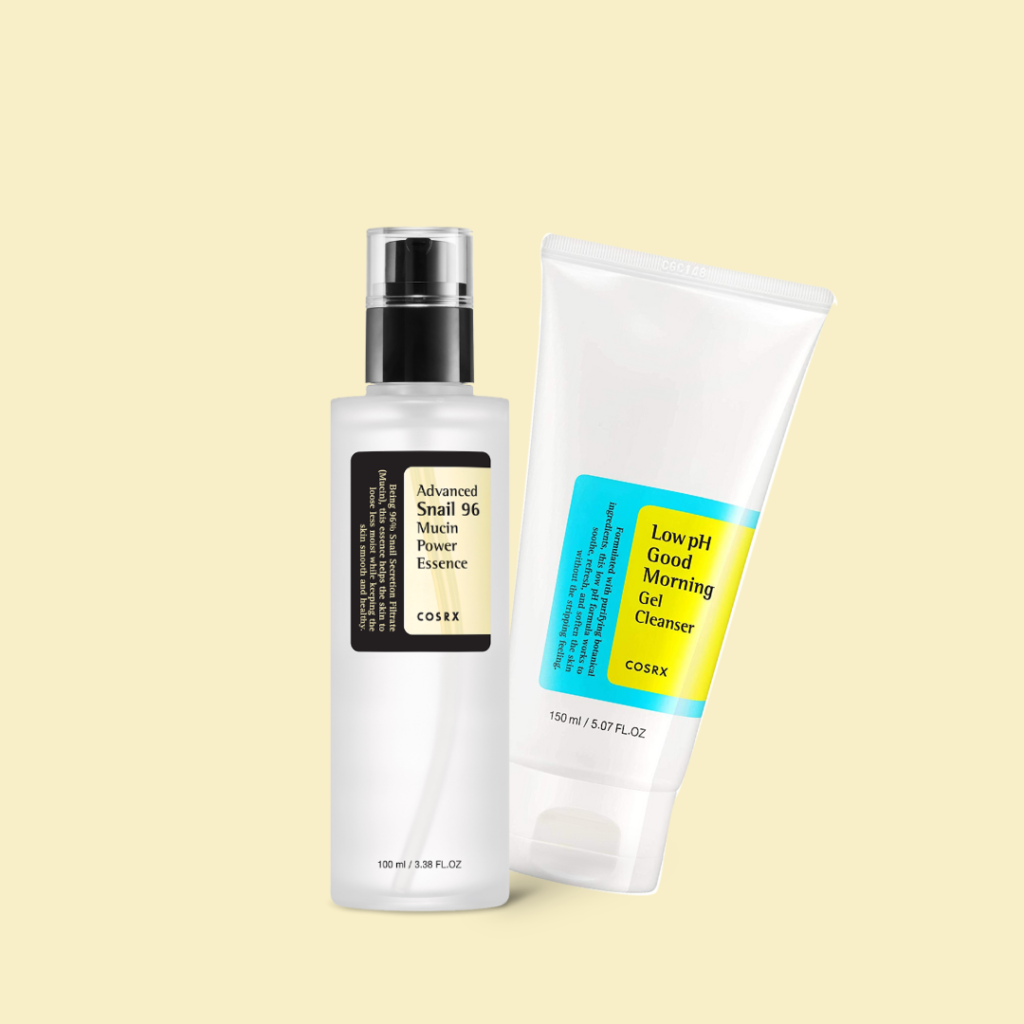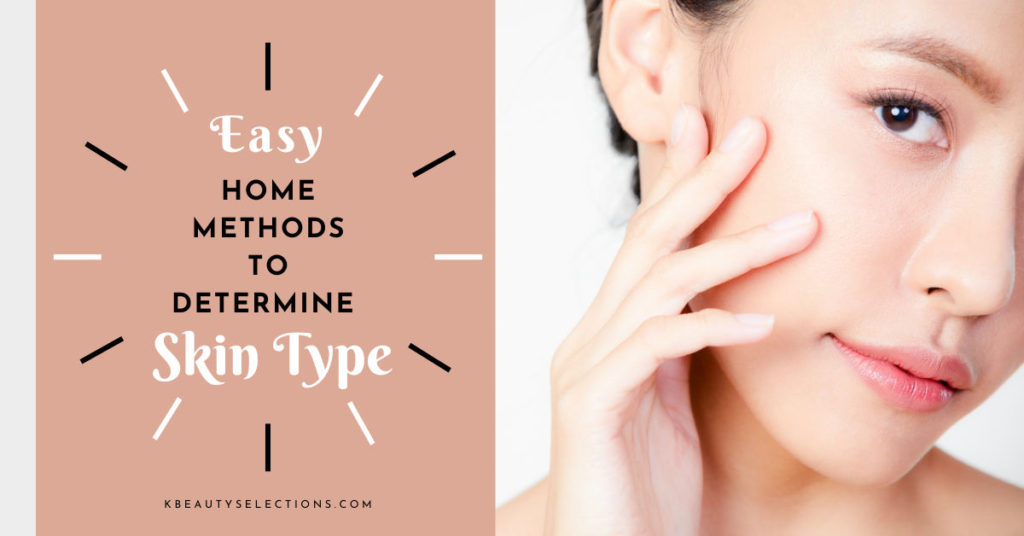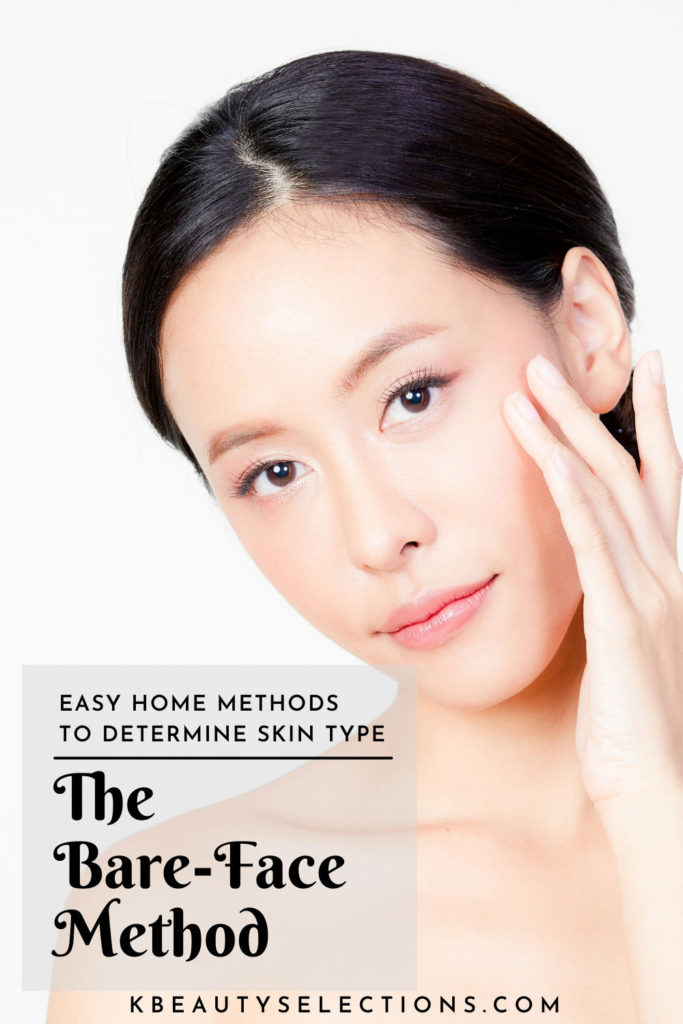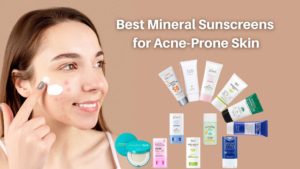Correctly identifying your skin type is one of the vital steps in the many aspects of the skincare world. For one, you should know your skin type in order to correctly choose the products that you would use. But, is there an easy way to determine one’s skin type?
Well, you are in luck because (after a quick history) we’ll be talking about the two easy methods for determining skin types that you can do at home!
Table of Contents
What are the fundamental skin types?
In the early parts of the 20th century, Helena Rubinstein, a cosmetic entrepreneur, claimed that there are four fundamental skin types: “oily”, “dry”, “combination”, and “sensitive”. Some minor modifications happen along the way and experts added “normal” to the roster. These have become the foundation for many of the skincare, cosmetics, and treatments over the years.
As time goes by, technology and research became more advanced. This advancement also paved way for further studies on the skin, skincare, and cosmetics. Other more elaborate skin types emerged based on the premise that we really don’t have one skin type but a mixture of the characteristics of the earlier basic types.
While this may be true, a lot of brands in the market still categorize their products based mainly on the five fundamental skin types. Undeniably, a lot of us are more familiar with these basic and relatively less complicated types.
If you are aiming to know under what category your skin would most likely fall, you can try these two easy tests.
The Bare-Face Method
This first method involves stripping down to your bare face to see your skin in its natural state. Meaning, there will be minimal outside factors like skincare products that will affect the results. The Bare-Face Method takes some time, basic observation skills, and a little bit of self-awareness and discipline as to not meddle with your face during the procedure.
Since there will be a waiting period, the best time to do this is during your free time. Ideally, do it when you would less likely touch your face or get it too sweaty or dirty.
How to do the Bare-Face Method
- Wash your face with a mild cleanser.
- Gently pat dry with a clean face towel.
- Leave your face bare for 30 minutes to an hour. Refrain from touching and applying any skincare products on your face during this period.
- When the time is up, look into a mirror and examine your face. Run a finger on your face to check for oil.
Check results
After careful examination, identify your skin type by choosing one among the descriptions below that best apply to you.
Dry
There is little to no layer of oil on your finger after running it over the whole face. The face feels tight and sometimes itchy. There can also be some flaky patches on the skin.
Oily
You have a noticeable shine on all the areas of your face. Your face feels greasy and your finger has a thick layer of oil after touching it, especially on the T-zone and cheeks.
Combination
There is oil on your T-zone (forehead and nose areas) but little to no oil on the cheeks and jawline.
Normal
There is no oil but does not feel tight or itchy. Or there might be little/thin but even distribution of oil on the entire face. Your skin feels good and hydrated in general.
The Blotting Sheet Method
This next method is a quicker way of finding out your skin type. You will need a blotting paper and a dash of observation skills for this method. While the Blotting Sheet Method is fast and easy to do, this procedure does not necessarily require you to take off skincare and cosmetic products that might affect the results. So, if you want a more definite result, I suggest that you do this when you are not wearing too many products. Or better yet, if you are not in a rush, might as well do the first three steps of the Bare-Face Method before you start on the Blotting Sheet test.
How to do the Blotting Sheet Method
- Take a blotting paper and gently pat on one area of your face at a time.
- After patting on one area, hold the blotting paper up to the light and observe how much oil is visible.
- Repeat the process on other areas of your face.
Check results
After careful examination, identify your skin type by choosing one among the descriptions below that best apply to you.
Dry
There is little to no oil on the blotting paper after patting it over the whole face. The face feels tight and sometimes itchy. There can also be some flaky patches on the skin.
Oily
The blotting paper is oversaturated with oil from all the areas of your face. You feel you need another sheet or two to take away all the greasiness.
Combination
There is oil on your T-zone (forehead and nose areas) but little to no oil on the cheeks and jawline.
Normal
There is no oil but does not feel tight or itchy. Or there might be little but even distribution of oil on the entire face.
How to determine sensitive skin type
You may have sensitive skin if you notice redness, burning, irritation, itchiness, or inflammation after using products. People with dry, oily, and combination skin can have sensitive skin at the same time.
There are a variety of causes for sensitive skin ranging from genetics to harsh chemicals and even climate. Narrowing down to what causes your skin sensitivities might be difficult. A little research and doing patch tests before using skincare products on your face will help you avoid triggering your sensitive skin. Ultimately, consulting dermatologists and skincare experts will help you save your skin from troubles.
What factors affect one’s skin type?
There are a lot of factors that influence your skin type. It is great to be aware of these so you can have more sound decisions on how you will build your routine.
- Genes
- Age
- Medications
- Hormonal fluctuations
- Climate
- UV exposure from tanning beds
- Occupation/Workplace
- Allergies
- Frequency and duration of baths/showers
- Skincare products
Is there a difference between skin type and skin condition?
Skin type and skin condition are two different things that are often misused. To put it simply, skin conditions are concerns that can manifest in different skin types and would require more specific treatment and care. Some examples of these skin conditions are wrinkles, dehydrated skin, acne-prone, and hyperpigmentation.
Final thoughts on determining skin types
There are other ways to determine your skin type but the Bare-Face and Blotting Sheet methods are two of the most straightforward tests that you can follow and do at home.
There are also quizzes available online wherein you answer a couple of questions, and these will give you your skin type based on what you answer. While a lot of those are helpful, the results will depend on your honesty and how well you know your skin. I’ve answered quite a few of those quizzes, but I tend to get varying results, so I am not too sure of their accuracy.
Of course, the best way to determine your skin type for sure is by visiting a dermatologist or skin care specialist. They usually have their ways and devices that would give you more definitive answers. And, most probably, they would help you identify the more specific type of your skin and how to properly care for it.
Like this article? You might also like...

Top Korean Skincare Tools and Where to Find Them
Planning to upgrade your Korean skincare routine? Then, you would need the right tools to get you to your glass skin goals. There are a
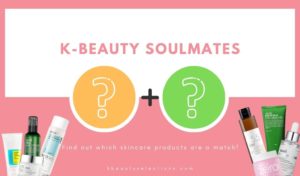
Four of the Best K-Beauty Skincare Product Pairs
The stars might have aligned for these K-beauty products as they spark skincare mana down on us. Most of the time, it takes a few

BlackPink’s Skincare And Beauty Product Endorsements
Having gained popularity worldwide, Blackpink is without a doubt one of the largest girl groups nowadays. But the group’s popularity isn’t just limited to their

